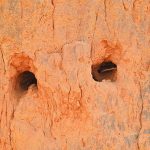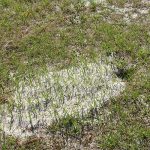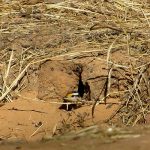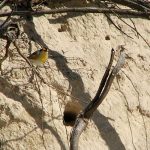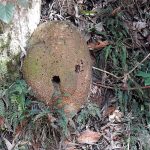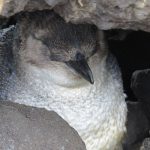BURROW NESTS
Australia’s landscape, from its arid deserts to coastal heathlands, is home to an astonishing diversity of birdlife. Among these, a handful of remarkable birds have evolved the skill of building burrow nests—a survival strategy shaped by both the challenges and opportunities of the continent.
What Are Burrow Nests?
A burrow nest is a chamber or tunnel excavated into the ground, sandbank, or sometimes even termite mounds, by birds as a place to lay their eggs and raise their chicks. Unlike open or tree-top nests, these structures are hidden below the surface, offering a natural shield from environmental extremes.
Why Do Australian Birds Build Burrow Nests?
Burrow nests provide several key advantages:
- Protection from Predators: Hidden underground, eggs and chicks are less visible to predators such as snakes, goannas, or birds of prey.
- Temperature Regulation: The underground environment maintains a more stable temperature, protecting delicate eggs from the harsh sun, sudden cold, or drying winds.
- Moisture Conservation: Sheltered burrows help prevent eggs and chicks from drying out in Australia’s frequently arid climate.
Materials Used in Construction
Contrary to tree-dwelling birds that build with twigs and leaves, burrow-nesting birds rely on:
- Their Bills and Feet: Birds such as the rainbow bee-eater use their slender bills and feet to excavate sandy banks or soft soil.
- Natural Substrate: The burrow walls are usually made up of the very earth or sand the bird has dug out, occasionally lined with feathers or plant material scraped from above ground.
- Termite Mounds: Some birds, like the kingfishers, use their powerful bills to tunnel holes in hardened termite mounds.
Notable Australian Burrow-Nesting Birds
| Bird Name | Burrow Location | Special Features |
|---|---|---|
| Rainbow Bee-eater | Sandy banks/road cuttings | Tunnels up to 1m long |
| Sacred Kingfisher | Earth banks/termite mounds | Rounded chamber at end |
| Shearwaters | Offshore sandy islands | Long, twisting burrows |
| Little Penguin | Coastal sand dunes | Burrows up to 80 cm deep |
How Are Burrow Nests Built?
The process is both physical and persistent:
- Site Selection: Birds search for soil or sand that is stable yet soft enough for excavation.
- Excavation: Using both bill and feet, they dig a horizontal or slightly descending tunnel, often ending in a widened chamber where eggs are laid.
- Lining (optional): Some birds leave the chamber bare, while others line it with grasses or feathers for extra comfort.
Safety and Survival
- Camouflage: Entrance holes are often well hidden among grasses or shadows, reducing the risk of detection.
- Tunnel Length: Many burrow-nesting species dig lengthy tunnels—sometimes over a metre—to keep eggs and chicks well away from the entrance.
- Strategic Positioning: Some, like the rainbow bee-eater, choose sites on steep banks to prevent flooding and allow quick escape if threatened.
The Sensory World Inside a Burrow
Inside a burrow, a gentle darkness prevails, muffling the sounds of the outside world. The air is often cool and slightly moist, carrying the faint scent of earth. Here, birds create a hushed sanctuary, their calls soft and muted, while outside the world bustles with potential danger.
Burrow-nesting birds remind us of the delicate balance in Australian ecosystems. They rely on undisturbed sandy banks, termite mounds, or coastal dunes—habitats increasingly threatened by human activity, development, or introduced predators. By appreciating the ingenuity of these birds, we take a step towards recognising the importance of safeguarding their habitats.
Burrow nests are exquisite examples of adaptation, merging the artistry of excavation with the practical needs of survival. They offer shelter, safety and a cool retreat for Australia’s unique birdlife—small reminders of the wonders that thrive beneath our feet, often unnoticed, yet always vital to the rhythms of the natural world.

